Job Alert: Transportation for America (T4America) wants an Outreach Director – Are you the one?
The Transportation for America Campaign is seeking a smart and motivated individual to jump into a vibrant national campaign to be a high performing outreach director. The Outreach Director will direct the day-to-day expansion of a diverse coalition of prominent leaders from a multitude of constituencies working to reform federal transportation policy. 
Experience managing coalition building or constituent services on a political or issue campaign is required. The Outreach Director reports to the Director and works with the 4 person outreach staff and over a dozen different national constituent caucus groups engaged in the campaign. The applicant must be a dynamic individual, prepared to speak to audiences, and recruit and organize both grasstops and grassroots leaders, work with NGOs, business leaders, and elected officials. The Outreach Director will also work closely with the Field, Legislative, and Communications teams.
Transportation for America (T4America) is a growing and diverse campaign of partner organizations, businesses and elected officials focused on creating a bold, new national transportation program that will take America into the 21st century by building a modernized infrastructure and healthy, equitable communities where people can live, work and play. Over 450 partners strong nationwide, the campaign is growing daily.
Responsibilities will include:
- Manage national partner engagement in Washington DC and on Capitol Hill.
- Develop tools and materials (in coordination with other campaign teams) to engage coalition partners in advocacy and media efforts in an expanding role over the course of the campaign.
- Manage implementation of outreach activities with targeted constituent groups both in DC and in other target locations, including partner summits, Hill briefings, and media opportunities.
- Coordinate with field team to engage local and state partners to shape outreach strategies appropriate for each state.
- Build a powerful national outreach operation consisting of leaders from the business community, union leaders, elected officials, real estate developers, equity and health groups, environmental organizations, affordable housing leaders, rural and small town leaders, bike and pedestrian organizations, transportation industry representatives and others.
- Train outreach staff on organizing, advocacy and messaging.
- Build the capacity of national partners to engage target members of Congress about the campaign’s legislative agenda.
- Report regularly to Director with written documentation of results.
This position requires a self-motivated and detail-oriented person with excellent organizational skills. The candidate must have good communication and interpersonal skills, and be able to work independently with minimal supervision. The candidate should have:
- Interest in transportation issues, or related areas. Experience doing organizing with a political campaign a MUST. Work with bicyclists, pedestrian, transit, union, business, rural, aging, or political organizing an asset.
- A minimum of six years of salaried management experience in organizing for a political or issue campaign.
- Demonstrated ability to work independently and meet deadlines with willingness to be part of a team working towards a common goal.
- Availability for travel.
- Strong communication and writing skills and an ability to work with a diverse group of people and audiences.
- Ability to build and maintain coalitions on-line, in person or by phone.
- Proven ability to report on numbers, metrics and analysis of field capacity and activity success.
COMPENSATION: Compensation will be commensurate with experience.
TIME FRAME: Full-time.
HOW TO APPLY: Interested applicants should send a cover letter, resume, short writing sample and 3 references to jobs@t4america.org. Interviews will be held on a rolling basis so it’s best to get your application in early.
Equal Opportunity Employment: Transportation For America is an equal opportunity employer. People of color are strongly encouraged to apply.


![Reblog this post [with Zemanta]](http://img.zemanta.com/reblog_e.png?x-id=9f491dc8-4f0f-4068-b3df-fc7483c08082)
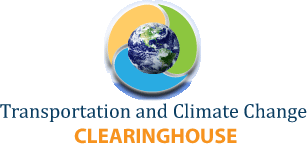
![Reblog this post [with Zemanta]](http://img.zemanta.com/reblog_e.png?x-id=5ec5518a-269e-416e-92d3-94f413123186)
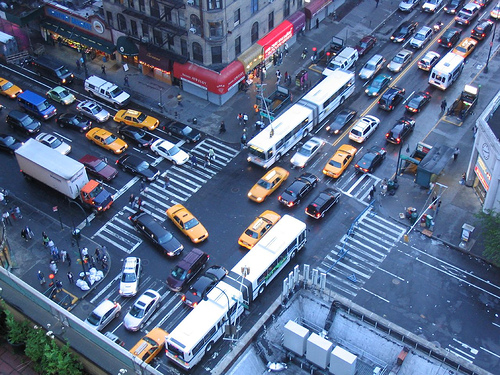

![Reblog this post [with Zemanta]](http://img.zemanta.com/reblog_e.png?x-id=ee24cd1f-6355-46a2-a6e9-e3c869301b8e)
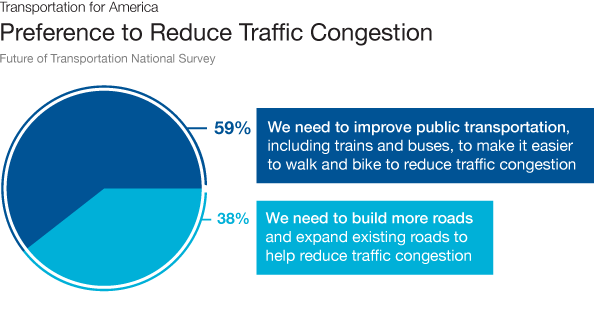
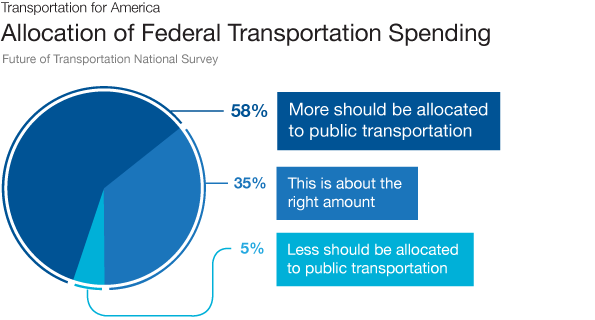

![Reblog this post [with Zemanta]](http://img.zemanta.com/reblog_e.png?x-id=aa281478-895c-4658-a661-5b414cc72bf5)

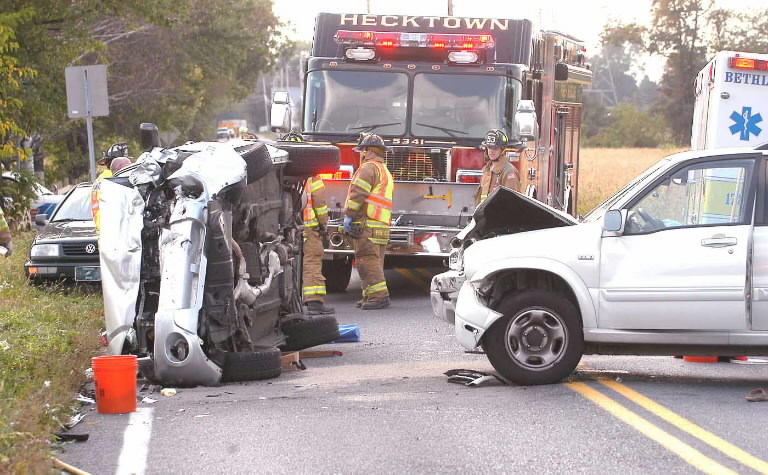
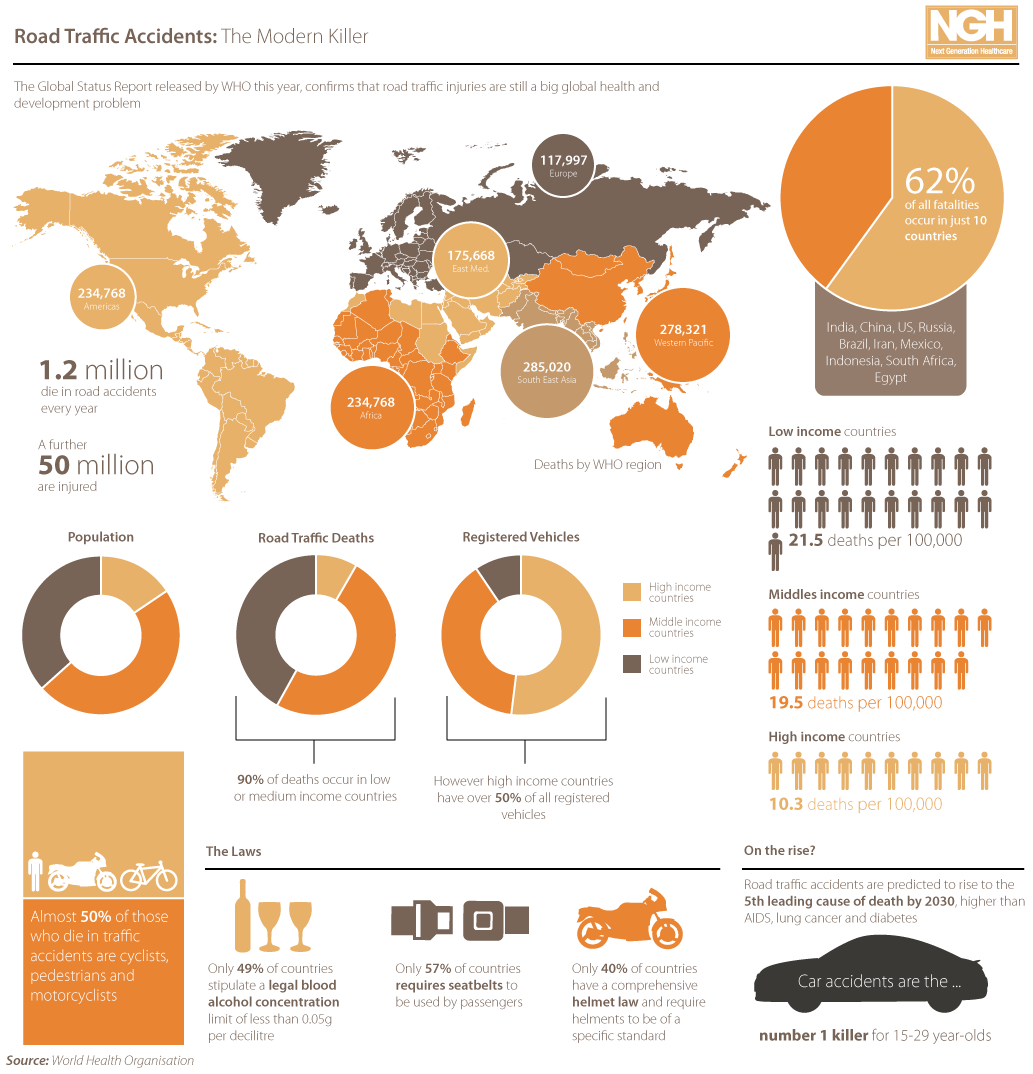
![Reblog this post [with Zemanta]](http://img.zemanta.com/reblog_e.png?x-id=55aaa725-f2ea-4180-a942-30a3743e2cd9)
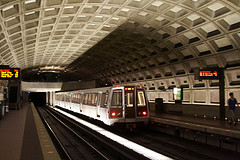
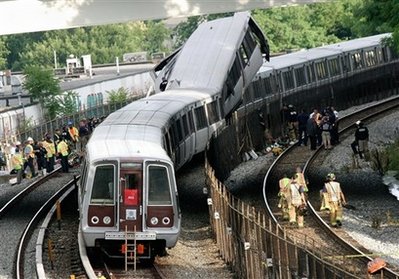
![Reblog this post [with Zemanta]](http://img.zemanta.com/reblog_e.png?x-id=97fd249b-26b6-4015-8b64-6154bb207d08)